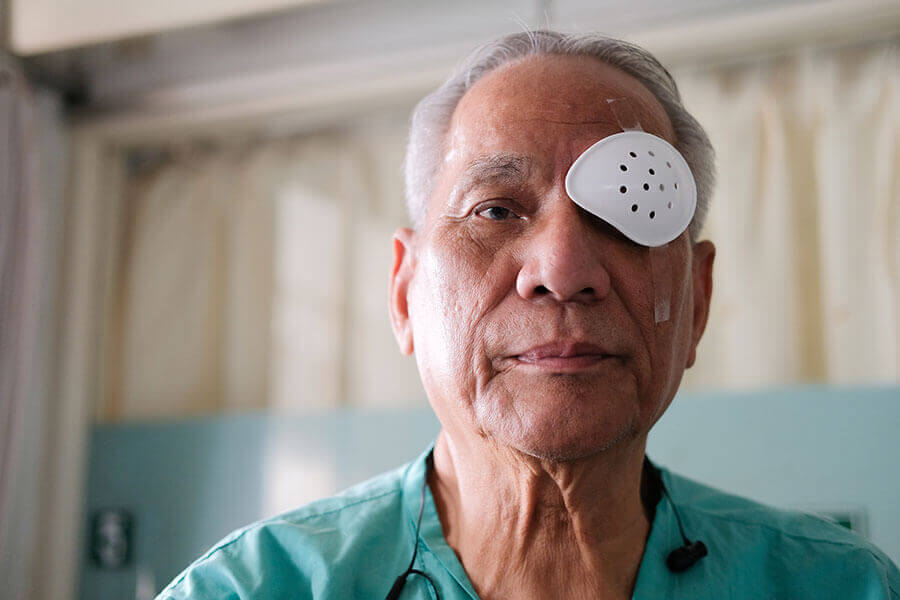A look at studies on adult amblyopia treatment
A wide body of evidence shows that amblyopia can be treated in adults. While different studies show variable rates of efficacy, it is now widely accepted that the adult brain retains neuroplasticity. However even among the studies on adult treatment, there are major differences, mainly due to the method of treatment being done. Many of the studies are looking at patching (occlusion), pharmacological intervention (such as atropine drops that act in the same way as patching the stronger eye), and software based treatment.
Studies on Treatment for Adult Amblyopia
There is a lot of evidence that shows that it is never too late to treat lazy eye. While the studies below demonstrate that clearly, it is important to note that the studies employ a variety of protocols including patching, in-office therapy, and software based treatments.
Binocular training reduces amblyopic visual acuity impairment. Age range: 5–73 years
See more
Perceptual learning improves stereoacuity in amblyopia. Age range: 11–27 years
See more
Effects of monocular perceptual learning on binocular visual processing in adolescent and adult amblyopia. Age range 12-25
See more
Pediatric Eye Disease Investigator Group. A randomized trial of a binocular iPad game versus part-time patching in children aged 13 to 16 years with amblyopia. Mean age 14.3
See more
Amblyopia treatment of adults with dichoptic training, age range: 17–69 years
See more
Improving Adult Amblyopic Vision with Stereoscopic 3-Dimensional Video Games, age range: 19–79 years
See more
Anisometropic amblyopia: is the patient ever too old to treat?
See more
The iPod binocular home‐based treatment for amblyopia in adults, age range: 13–50 years
See more
Perceptual learning improves adult amblyopic vision through rule-based cognitive compensation., age range: 1–27 years
See more
Dichoptic training improves contrast sensitivity in adults with amblyopia. , age range: 17–31 years
See more
Mechanisms of recovery of visual function in adult amblyopia through a tailored action video game. , age range: 19–62 years
See more
A dichoptic custom-made action video game as a treatment for adult amblyopia. , age range: 19–66 years
See more
Differential effects of high-frequency transcranial random noise stimulation (hf-tRNS) on contrast sensitivity and visual acuity when combined with a short perceptual training in adults with amblyopia. Age range 27-58
See more
Recovering stereo vision by squashing virtual bugs in a virtual reality environment. , age range: 19–56 years
See more
Perceptual learning improves contrast sensitivity, visual acuity, and foveal crowding in amblyopia., age range: 17–53 years
See more
Amblyopia treatment of adults with dichoptic training using the virtual reality oculus rift head mounted display: , age range: 17–69 years
See more
Is there a critical period for amblyopia therapy? Results of a study on older anisometropic amblyopes., age range: 12–30 years
See more
An action video game for the treatment of amblyopia in children: A feasibility study. age range: 7–17 years
See more
Effectiveness of a binocular video game vs placebo video game for improving visual functions in older children, teenagers, and adults with amblyopia: A randomized clinical trial. , age range: 7–55 years
See more
Dichoptic training in adults with amblyopia: Additional stereoacuity gains over monocular training. , age range: 21–29 years
See more
A random dot computer video game improves stereopsis. Age range 7-14
See more
Use of a new composite index to demonstrate improved stereoacuity after training on stimuli with dichoptically asymmetric contrast. Age range 16-50
See more
Dichoptic de-masking learning in adults with amblyopia and its mechanisms. Age range 19-28
See more















